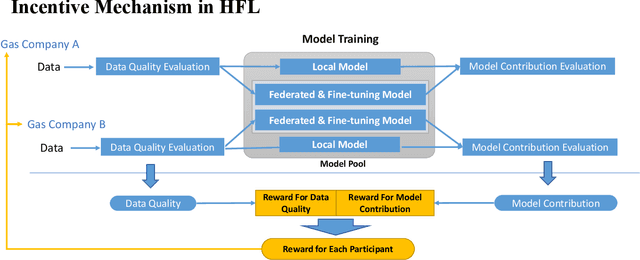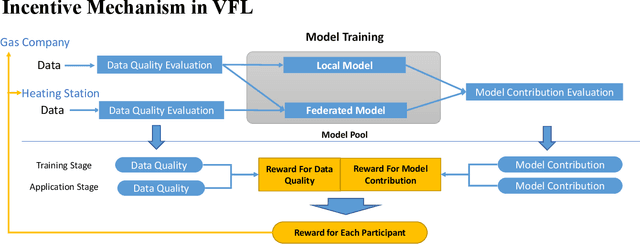Xiuli Wang
TemporalPaD: a reinforcement-learning framework for temporal feature representation and dimension reduction
Sep 27, 2024Abstract:Recent advancements in feature representation and dimension reduction have highlighted their crucial role in enhancing the efficacy of predictive modeling. This work introduces TemporalPaD, a novel end-to-end deep learning framework designed for temporal pattern datasets. TemporalPaD integrates reinforcement learning (RL) with neural networks to achieve concurrent feature representation and feature reduction. The framework consists of three cooperative modules: a Policy Module, a Representation Module, and a Classification Module, structured based on the Actor-Critic (AC) framework. The Policy Module, responsible for dimensionality reduction through RL, functions as the actor, while the Representation Module for feature extraction and the Classification Module collectively serve as the critic. We comprehensively evaluate TemporalPaD using 29 UCI datasets, a well-known benchmark for validating feature reduction algorithms, through 10 independent tests and 10-fold cross-validation. Additionally, given that TemporalPaD is specifically designed for time series data, we apply it to a real-world DNA classification problem involving enhancer category and enhancer strength. The results demonstrate that TemporalPaD is an efficient and effective framework for achieving feature reduction, applicable to both structured data and sequence datasets. The source code of the proposed TemporalPaD is freely available as supplementary material to this article and at http://www.healthinformaticslab.org/supp/.
Hierarchical Federated Learning Incentivization for Gas Usage Estimation
Jul 01, 2023



Abstract:Accurately estimating gas usage is essential for the efficient functioning of gas distribution networks and saving operational costs. Traditional methods rely on centralized data processing, which poses privacy risks. Federated learning (FL) offers a solution to this problem by enabling local data processing on each participant, such as gas companies and heating stations. However, local training and communication overhead may discourage gas companies and heating stations from actively participating in the FL training process. To address this challenge, we propose a Hierarchical FL Incentive Mechanism for Gas Usage Estimation (HI-GAS), which has been testbedded in the ENN Group, one of the leading players in the natural gas and green energy industry. It is designed to support horizontal FL among gas companies, and vertical FL among each gas company and heating station within a hierarchical FL ecosystem, rewarding participants based on their contributions to FL. In addition, a hierarchical FL model aggregation approach is also proposed to improve the gas usage estimation performance by aggregating models at different levels of the hierarchy. The incentive scheme employs a multi-dimensional contribution-aware reward distribution function that combines the evaluation of data quality and model contribution to incentivize both gas companies and heating stations within their jurisdiction while maintaining fairness. Results of extensive experiments validate the effectiveness of the proposed mechanism.
Zipf's Law and the Frequency of Characters or Words of Oracles
Dec 09, 2014
Abstract:The article discusses the frequency of characters of Oracle,concluding that the frequency and the rank of a word or character is fit to Zipf-Mandelboit Law or Zipf's law with three parameters,and figuring out the parameters based on the frequency,and pointing out that what some researchers of Oracle call the assembling on the two ends is just a description by their impression about the Oracle data.
Comment on "Language Trees and Zipping" arXiv:cond-mat/0108530
Mar 21, 2009Abstract:Every encoding has priori information if the encoding represents any semantic information of the unverse or object. Encoding means mapping from the unverse to the string or strings of digits. The semantic here is used in the model-theoretic sense or denotation of the object. If encoding or strings of symbols is the adequate and true mapping of model or object, and the mapping is recursive or computable, the distance between two strings (text) is mapping the distance between models. We then are able to measure the distance by computing the distance between the two strings. Otherwise, we may take a misleading course. "Language tree" may not be a family tree in the sense of historical linguistics. Rather it just means the similarity.
 Add to Chrome
Add to Chrome Add to Firefox
Add to Firefox Add to Edge
Add to Edge